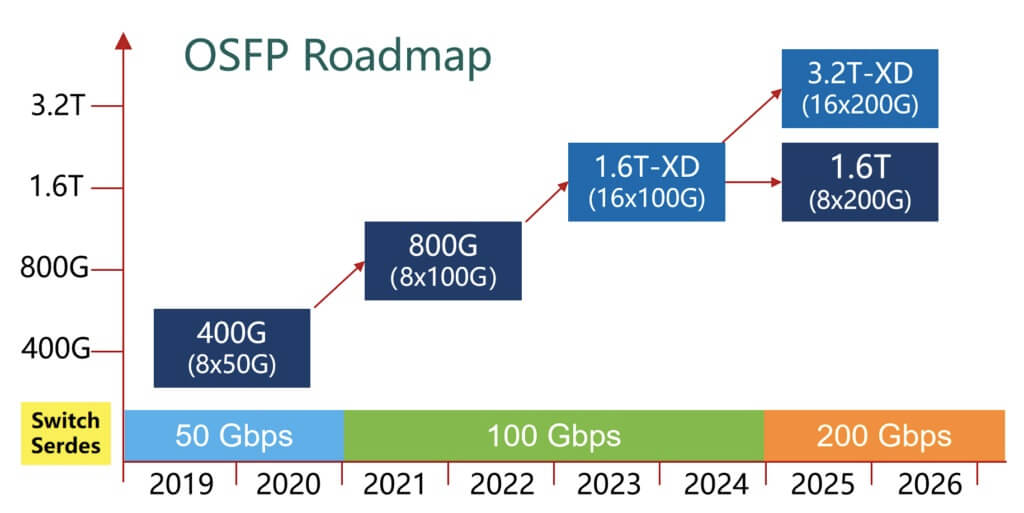In recent years, the optical communication industry has been rapidly advancing, thanks to 5G and AI. Breakthroughs in optical communication technology and infrastructure have been particularly notable. This year, the AIGC large model gained popularity, sparking a new wave of development in optical communication. The 400G backbone network is set for full deployment, and data centers are keen to explore capacities of 800G and 1.6T, indicating an exciting phase of growth in the optical communication sector.
1. Challenges in the Evolution of Optical Communication
The evolution of optical communication technology is far from a simple numerical doubling. As we enter the 400G stage, the challenges extend beyond speed improvements to encompass issues of power consumption and cost associated with the heightened speeds.
To illustrate, let’s consider optical modules, critical devices in optical networks and widely used across the industry. Their power consumption and pricing are intricately linked to user purchasing decisions.
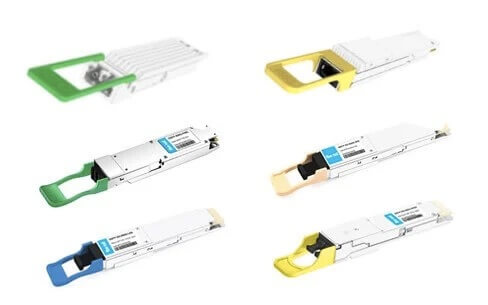
In 2007, a 10 Gigabit (10Gbps) optical module consumed roughly 1W of power. Fast forward to 40G, 100G, 400G, and 800G, and the power consumption of optical modules has surged to 30W. It’s crucial to understand that a single switch can accommodate multiple optical modules, often numbering in the dozens (for instance, 48 modules would amount to 48×30=1440W).
Typically, optical modules contribute to about 40% or more of the overall machine’s power consumption. This means that the entire machine is highly likely to exceed 3000W in power consumption when fully loaded.
The substantial increase in energy consumption from optical communication equipment places significant strain on the energy usage and costs of entire data centers. This poses a considerable challenge to the carbon peaking and carbon neutrality objectives of communication networks.
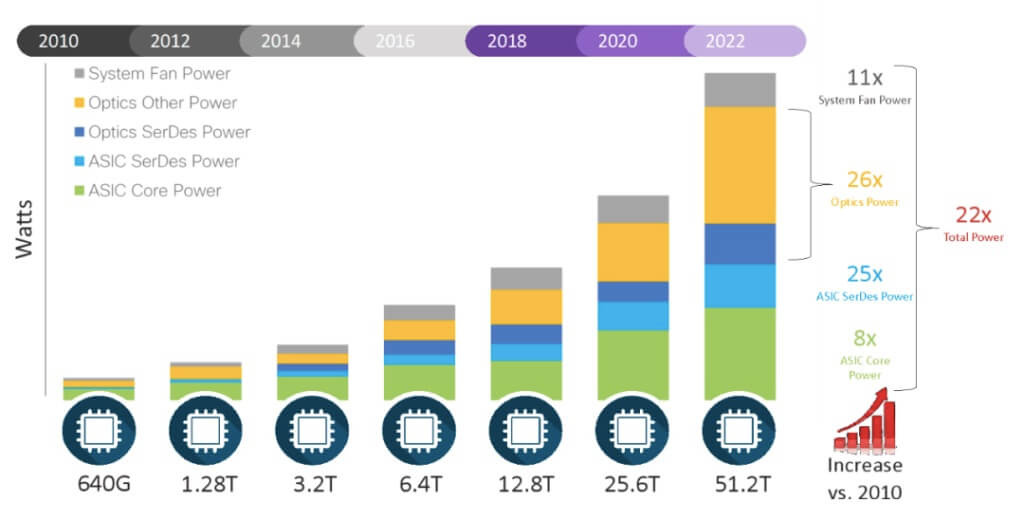
In comparison to 2010, the energy consumption of optical devices is expected to rise by a staggering factor of 26.
In response to the escalating energy consumption in optical communication, the industry has undertaken extensive technical explorations. CPO, popular last year, stands as one such solution. This year, alongside CPO, a new initiative—LPO—has been proposed as part of ongoing efforts to address the energy consumption challenges associated with the rapid advancement of optical communication.
2. What is LPO Optical Transceiver Module?
LPO, Linear-drive Pluggable Optics, is an optical module packaging technology designed for ease of use and flexibility.
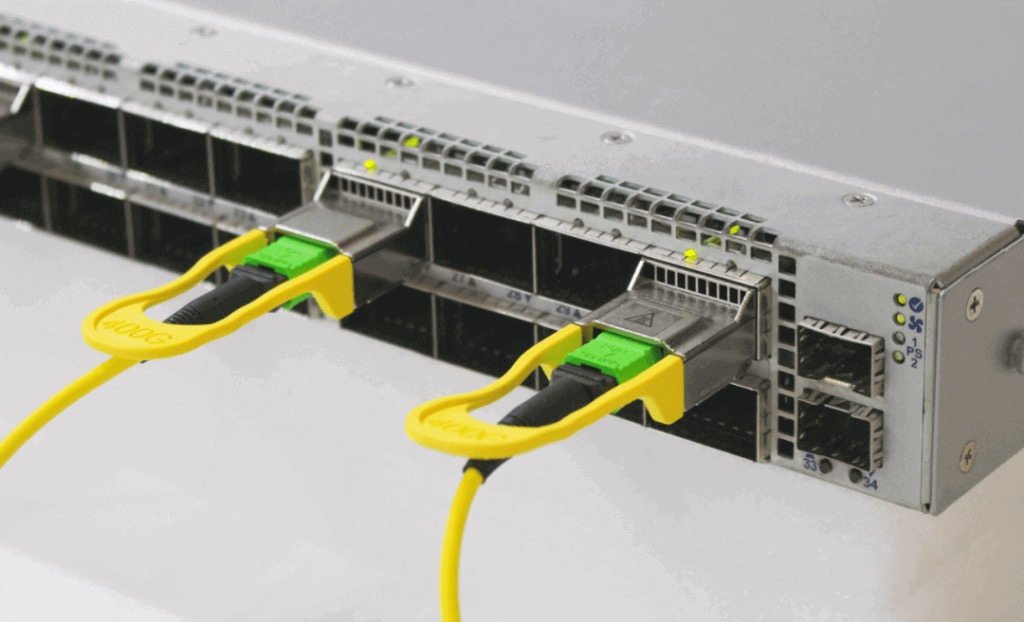
In essence, LPO is characterized by its “pluggable” nature, distinguishing it from the CPO solution where optical modules are not designed for plugging and play. In the LPO setup, optical module ports on the switch allow for the insertion of corresponding optical modules, enabling straightforward fiber connection. Furthermore, LPO modules can be easily replaced if damaged.
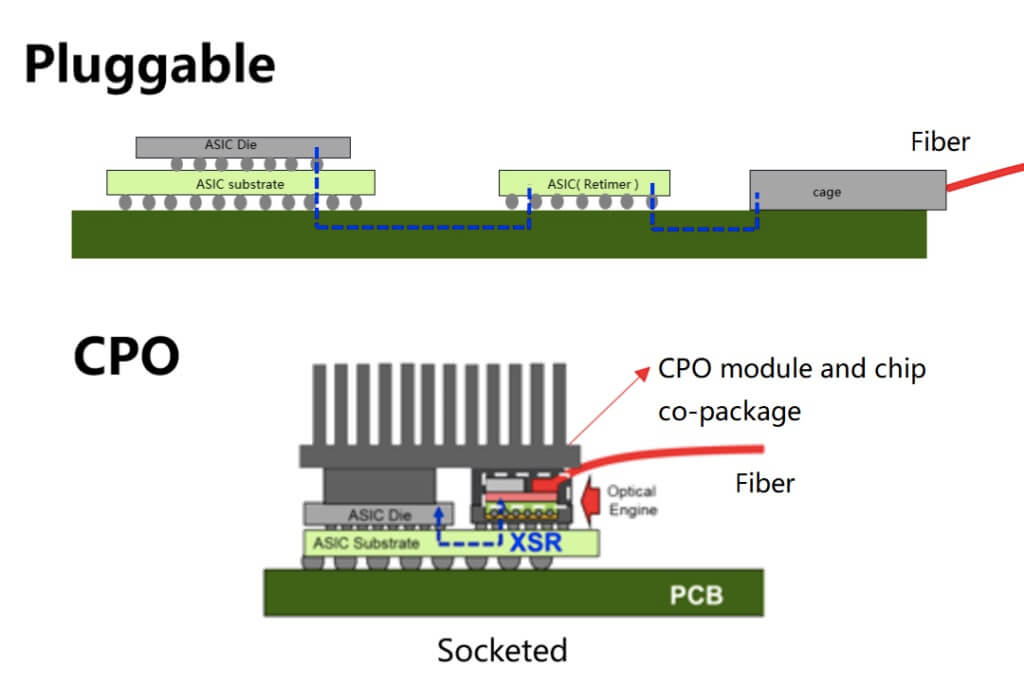
The defining feature of LPOs lies in their “linear-drive” mechanism. This term refers to the implementation of linear direct drive technology, eliminating the need for a DSP (Digital Signal Processing) / CDR (Clock Data Recovery) chip within the optical module.
Understanding this distinction requires a brief overview of the typical architecture of an optical module. The transmission process involves converting electrical signals into optical signals at the transmitting end and reverting them back to electrical signals at the receiving end.

Traditionally, the digital-to-analog converter (DAC) transforms the signal into an analog form at the transmitting end, and at the receiving end, an analog-to-digital converter (ADC) turns the analog signal back into digital form. However, this process can introduce distortion and noise, necessitating the use of a DSP to “repair” the digital signal.
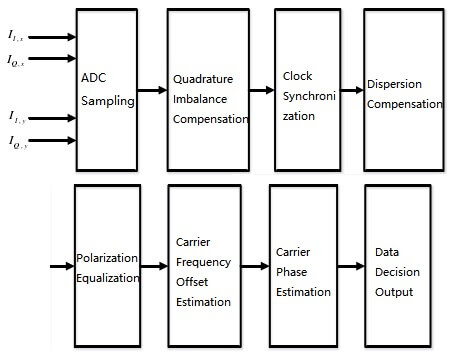
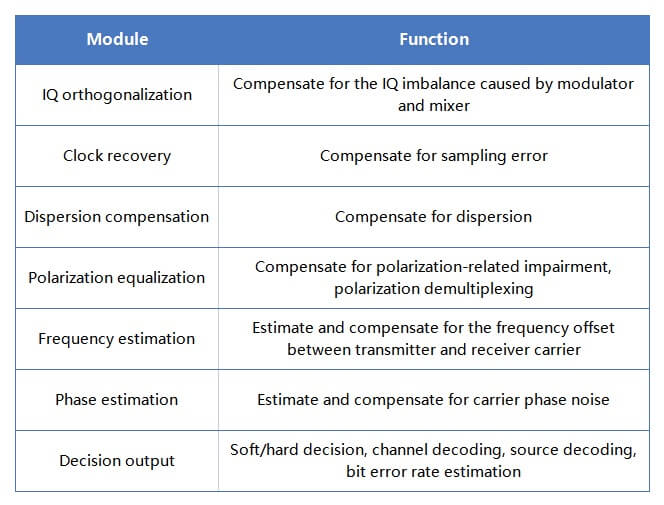
(Note: DSP is not available in all traditional optical modules. However, in high-speed optical modules, the signal requirements are high, so DSP is basically needed.)
DSP, a chip running algorithms, consumes a substantial amount of power and incurs high costs. For instance, in a 400G optical module, the 7nm DSP used can consume approximately 4W, constituting about 50% of the module’s total power consumption.
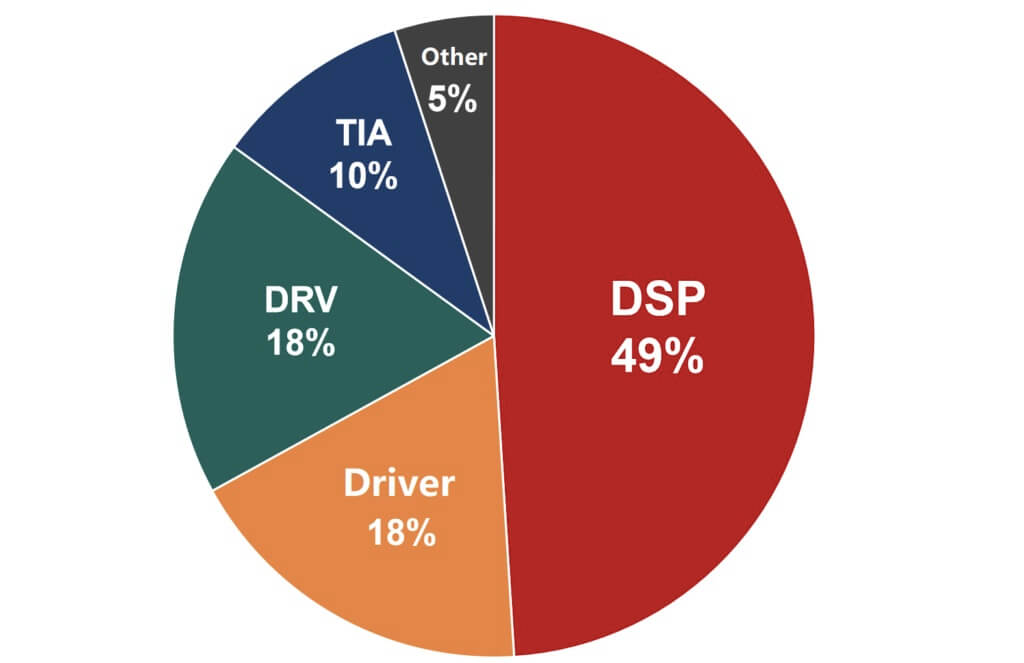
The innovative LPO solution addresses this by removing the DSP/CDR chip from the optical module and integrating its functions into the switching chip on the device side. This leaves only the Driver (Driver Chip) and TIA (Trans-Impedance Amplifier) with high linearity within the optical module. The CTLE (Continuous Time Linear Equalization) and EQ (Equalization) functions are integrated into the device side, compensating for high-speed signals to a significant extent.
By adopting LPO technology, the industry aims to streamline optical module design, enhance efficiency, and reduce both power consumption and costs associated with optical communication, providing a promising alternative to conventional solutions.
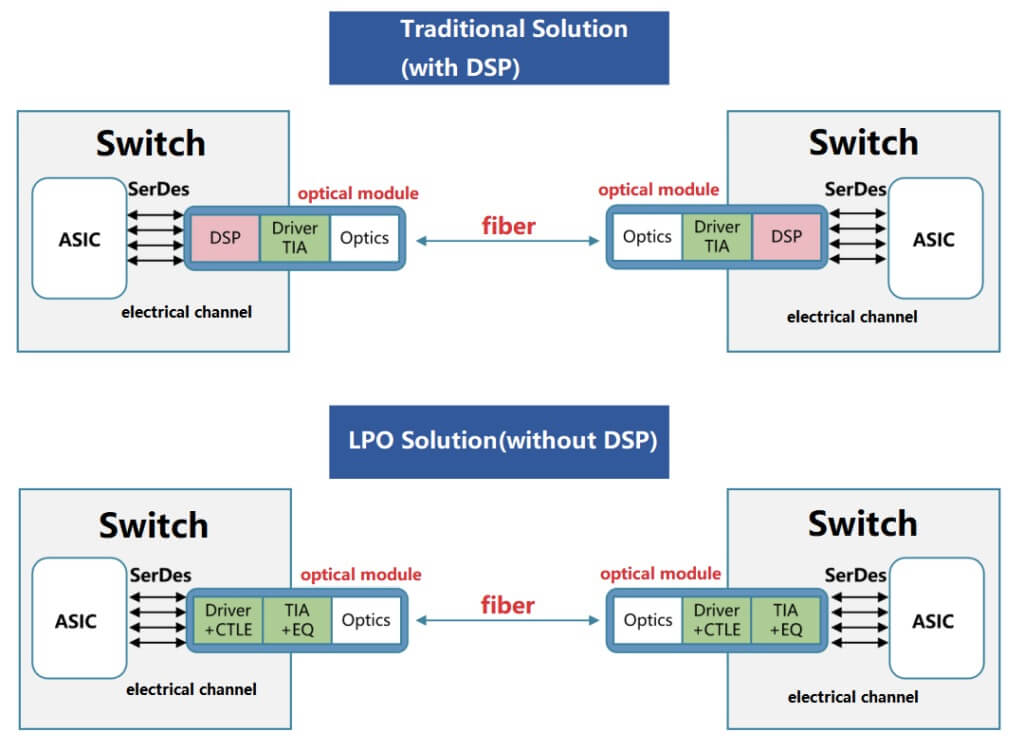
3. The Advantages of LPO (Linear-drive Pluggable Optics)
LPOs offer several key advantages, making them a compelling choice in the realm of optical communication technology.
3.1 Low Power Consumption
Eliminating the DSP component results in significantly reduced power consumption. For instance, data from Macom indicates that an 800G multimode optical module with DSP functionality can exceed 13W, whereas the same module utilizing MACOM PURE DRIVE technology consumes less than 4W.
3.2 Low Cost
The removal of the DSP chip, which typically accounts for 20-40% of the BOM cost, leads to a notable reduction in overall expenses. Although the integration of EQ functionality into the driver and TIA incurs a slight cost increase, the net effect is a reduced total system cost. Industry analysis suggests that in an 800G optical module, the elimination of the DSP chip can result in a cost reduction of about 8%, translating to approximately 50-60 US dollars. Importantly, this reduction in cost also decreases dependence on a select few manufacturers that specialize in DSP technology.
3.3 Low Latency
The absence of DSP streamlines the processing steps, leading to reduced data transmission latency. This advantage is particularly crucial in AI computing and supercomputing scenarios where minimized latency is a priority.
3.4 Easy Maintenance
In comparison to the CPO solution, LPOs offer enhanced ease of maintenance. In CPO setups, a malfunctioning device necessitates powering off and replacing the entire board, presenting inconveniences during maintenance. LPO packaging remains relatively unchanged, supports hot swapping, simplifies fiber wiring, and streamlines equipment maintenance, providing a more user-friendly and convenient solution.
LPO technology not only addresses critical issues such as power consumption and cost but also introduces improvements in latency and maintenance, making it a promising advancement in the field of optical communication.
4. Current Challenges of LPO (Linear-drive Pluggable Optics)
Despite its promising features, LPO technology faces certain challenges that need to be addressed for widespread adoption.
4.1 Short Communication Distance
The removal of DSP comes with a trade-off. TIA and driver chips cannot entirely replace DSP, leading to an increased bit error rate in the system. Consequently, the transmission distance is naturally shortened. Industry consensus suggests that LPO is most suitable for specific short-distance applications, such as connections within data center cabinets or between them. Initially developed for distances ranging from a few meters to tens of meters, there are aspirations to extend LPO applications to within 500 meters in the future.
4.2 Standardization Challenges
The standardization of LPO is still in its early stages, posing potential challenges in terms of interoperability. Enterprises considering LPO adoption must possess technical capabilities to formulate specifications and solutions, explore device and module boundary conditions, and conduct extensive integration and interoperability tests. Currently, LPO is better suited for relatively closed and single-supplier systems. The use of multiple suppliers without strong coordination may lead to problems such as difficulty in problem definition and mutual shirking, presenting a challenge compared to traditional DSP solutions.
4.3 Electrical Channel Design Challenges
Some experts point out that LPO introduces challenges to the electrical channel design on the system side. The current mainstream specification of SerDes is 112G, soon to be upgraded to 224G. However, experts express concerns that LPO may struggle to keep up with the requirements of 224G SerDes.
4.4 Industrialization Progress
While LPO solutions have been proposed by some companies in the past, technical limitations hindered their success. The recent re-emergence of LPO at industry conferences has garnered attention from major international market customers like AWS, Meta, Microsoft, Google, and others. Optical communication giants are investing resources in research and development, with companies like FiberMall launching an 800G LPO solution. Small-scale shipments have been reported, and the key to the LPO solution lies in the development of high-linearity TIA & Driver chips by suppliers like Macom, Semtech, Maxlinear, and others.
4.5 Commercialization Projections
Predictions suggest that LPO will achieve large-scale commercialization by 2024. Optimistic industry estimates propose that LPO could capture half of the market share in the future, while more conservative projections anticipate a combined share of CPO/LPO at around 30% by 2026. The outcome hinges on overcoming current challenges and advancing technological capabilities.
5. Conclusion
In conclusion, LPO (Linear-drive Pluggable Optics) represents a strategic balance and compromise within the optical communication landscape. Tailored for specific application scenarios, particularly short-distance applications, LPO makes a deliberate trade-off by relinquishing DSP/CDR, leading to a marginal loss in performance, notably in terms of bit error rate. However, this sacrifice is offset by significant advantages, including reduced power consumption, cost, and latency. LPO presents a distinctive set of pros and cons when compared to CPO (Conventional Pluggable Optics).
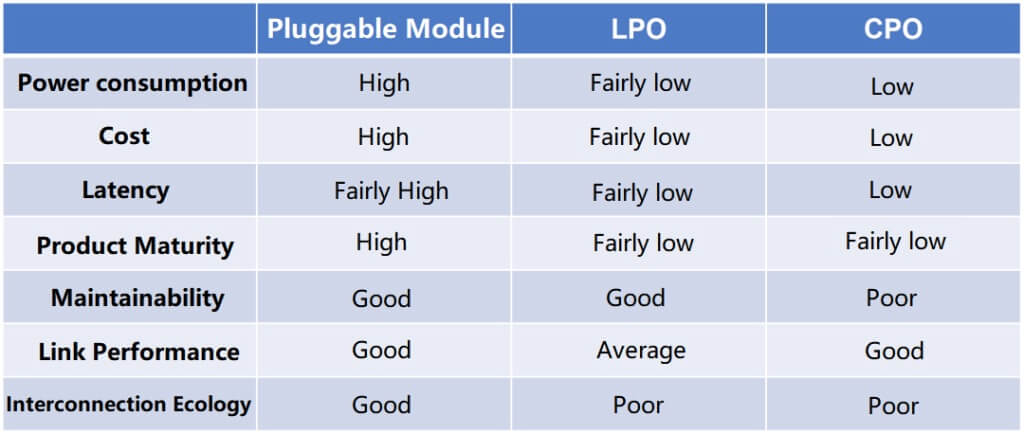
Despite its later emergence in comparison to CPO, LPO is poised to see faster deployment, driven by its adaptability to current industry needs. Following the prevailing trend, LPO is positioned as the most promising technology path in the 800G era. As the demand for higher data transfer rates in data center optical networks accelerates, especially with the ongoing AIGC wave, LPO is expected to thrive in the 800G landscape, marking the imminent golden age of this innovative optical communication technology.

